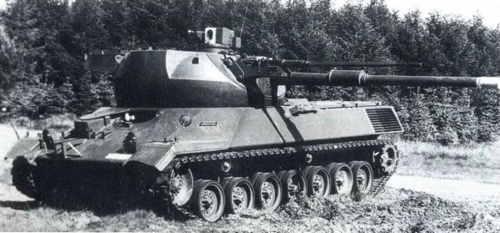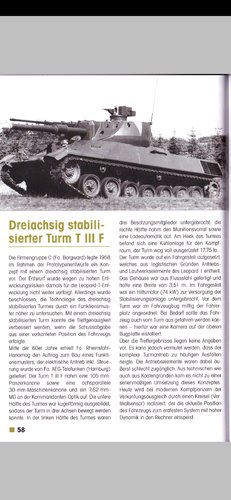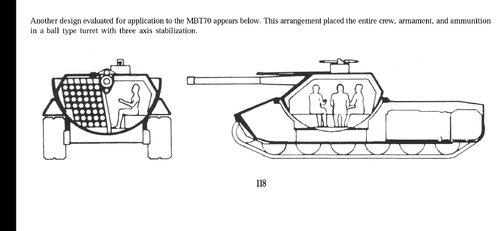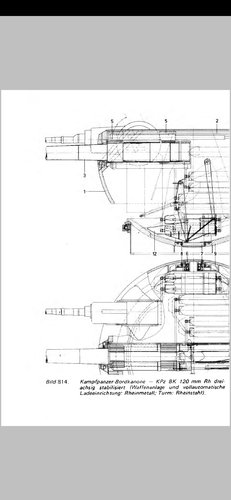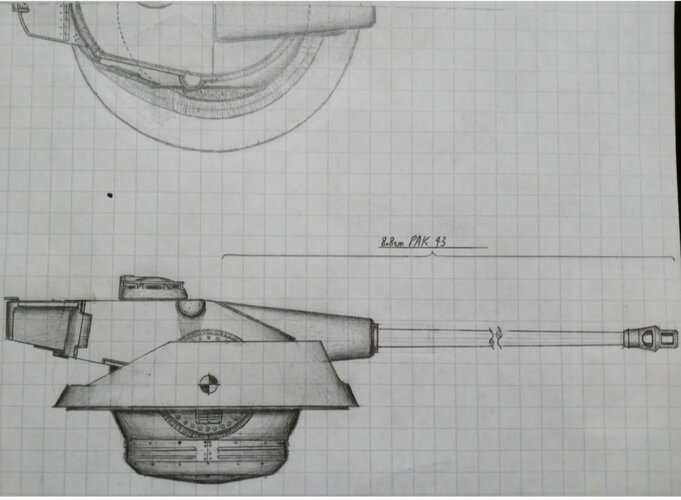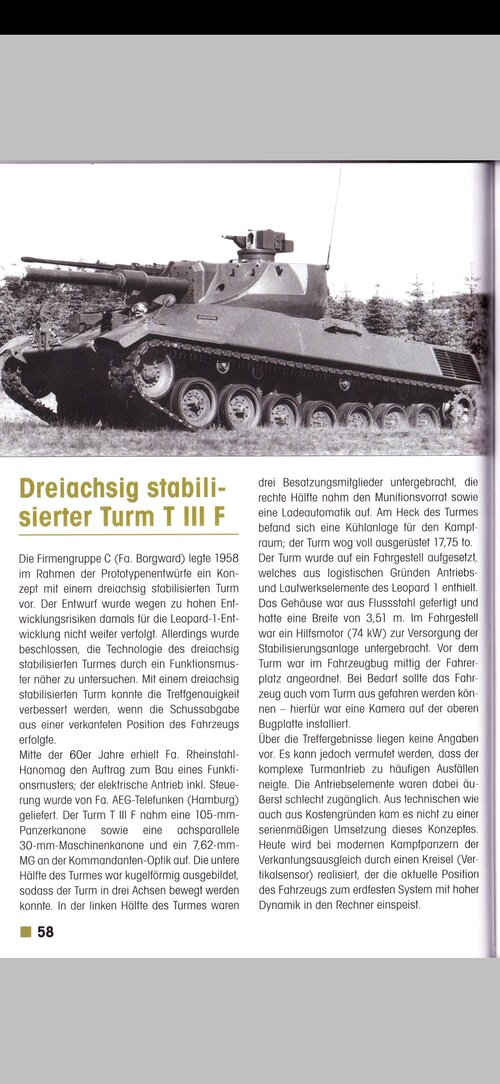Hi,
Of course they needed an auxiliary generator to move the biggest part of the armament!
Well, technically they didn't have to supply the force to move the armament as inertia would cause the turret to stay in the desired position. They only had to compensate for the friction in the turret mounting, which would have imparted a bit of rotation to the turret whenever the chassis rotated about its axes.
It would have been simpler to just roll the gun in the mantlet, but - as Foo fighter pointed out - that would have risked injuring the loader.
OTOH merely tilting the sight on the Centauro tilted only the lightest component of the main armament.
Only adjusting the sights to show the new impact point, either mechanically or electronically, would not have given the tank the capability to hit while moving, as that would only have demonstrated to the gun aimer that the impact point changed continuously while the tank moved over rough terrain. To actually hit the target reliably, the gun would have to be laid in a way to actually hit the (stabilized) aim point.
The problem of the tank rolling around its longitudinal axis on the move can be described as follows: If the gun is aiming at a target somewhere at the front right quadrant for example (12 to 3 o'clock, in the horizontal plane), rolling to the right will cause the impact point to shift right and down. To get the impact point back on target, the gun needs to be re-laid by yawing the turret left and increasing elevation. That does actually require rotation of the biggest part of the armament, and I'd suspect that it would be very difficult to do that quickly enough to allow reliable hits with the tank moving over heavy terrain.
So in a way, the German test platform actually chose the simplest way of accomplishing the goal, which must have been the capability to fire very accurately at longer ranges while on the move. As this solution obviously was quite complicated while also introducing a lot of design restrictions to the tank which detracted from its combat value in other ways, I'd suspect that the desired capability was found not to be worth it. But as pointed out before, I don't know much about tanks!
Regards,
Henning (HoHun)

